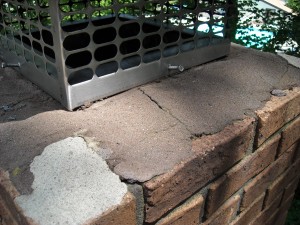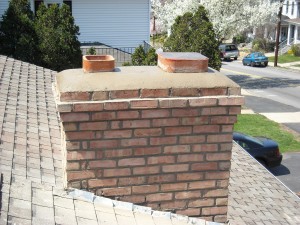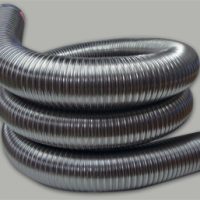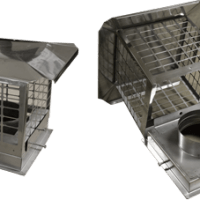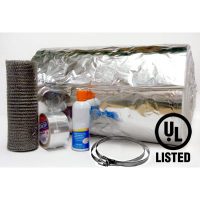Everything has some sorta of top or cover to protect itself from the elements. Chimneys are no exceptions. These caps are essential no matter what style or size your chimney is. If there wasn’t a roof over your home all of your possessions would get soaked, and your pool would be damaged during cold months if there was not a cover. A chimney crown which is on top of a chimney prevents the brick at the very top of the crown from exposure to the elements.
Since the crown is exposed to the harshest elements, cracks frequently occur. When cracks occur in the crown, they will continue to grow and deepen as water enters them from rain and melting snow and ice. These become extremely problematic, weakening your chimney and leading to its eventual need of a rebuild.
Cracks in the crown must be taken care of as soon as possible with a sealant to prevent them from worsening and jeopardizing the strength and life of your chimney. Various treatments exist, but siloxane treatments have the best life and protection and often can be stored for a few years to re-treat and treat any new cracks that may develop over time. ChimneySaver products such as CrownCoat have been tested and proven over time to give chimneys the protection they require. The chimney projects above the roofline, making it a perfect target for damage from the weather, so your average brick and masonry sealant is not going to provide the needed protection.
Crowns need to be constructed properly to begin with. Also, very commonly used, mortar crowns are in no way recommended. Mortar is what holds bricks and blocks together, but it is not the proper material for constructing a crown. Concrete, made with Portland cement, stones, and sand, is what should be used to construct a crown. The stones make for strength that cannot be matched by mortar alone. The concrete will prevent the weather from wearing down more and more on the chimney itself.
The crown is one of the most important components of the chimney yet so often overlooked.

